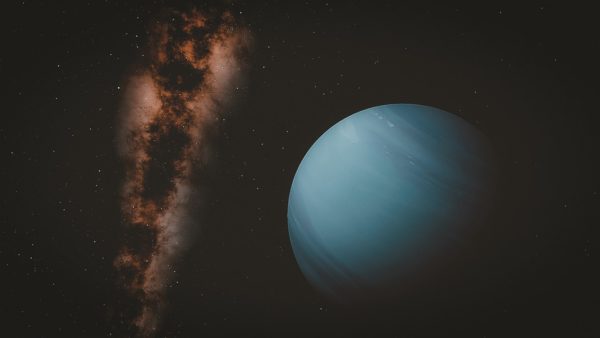Welcome to the latest installment of “Writer Fuel – cool real-world stories that might inspire your little writer heart. Check out our Writer Fuel page on the LimFic blog for more inspiration. Today:
A six-year search of space beyond the orbit of Neptune has netted 461 newly discovered objects.
These objects include four that are more than 230 astronomical units (AU) from the sun. (An astronomical unit is the distance from the Earth to the sun, about 93 million miles or 149.6 million kilometers). These extraordinarily distant objects might shed light on Planet Nine, a theoretical, never-observed body that might be hiding in deep space, its gravity affecting the orbits of some of the rocky objects at the solar system’s edge.
The new observations come courtesy of the Dark Energy Survey, an effort to map the universe’s galactic structure and dark matter that began in 2013. Six years of observation from the Blanco Telescope in Cerro Tololo in Chile yielded a total of 817 confirmed new objects, 461 of which are now being described for the first time in a paper posted on the preprint server arXiv. The paper has been submitted to a journal for peer review, according to ScienceAlert.
The objects in the study are all at least 30 AU away, in a region of the solar system that is almost unimaginably dark and lonely. More than 3,000 trans-Neptunian objects, or TNOs, have been identified in these icy reaches. They include dwarf planets such as Pluto and Eris as well as small Kuiper Belt objects like Arrokoth, a rocky body visited by the New Horizons spacecraft in 2019. The Kuiper Belt is a region of icy objects orbiting between about 30 AUs and 50 AUs from the sun.


